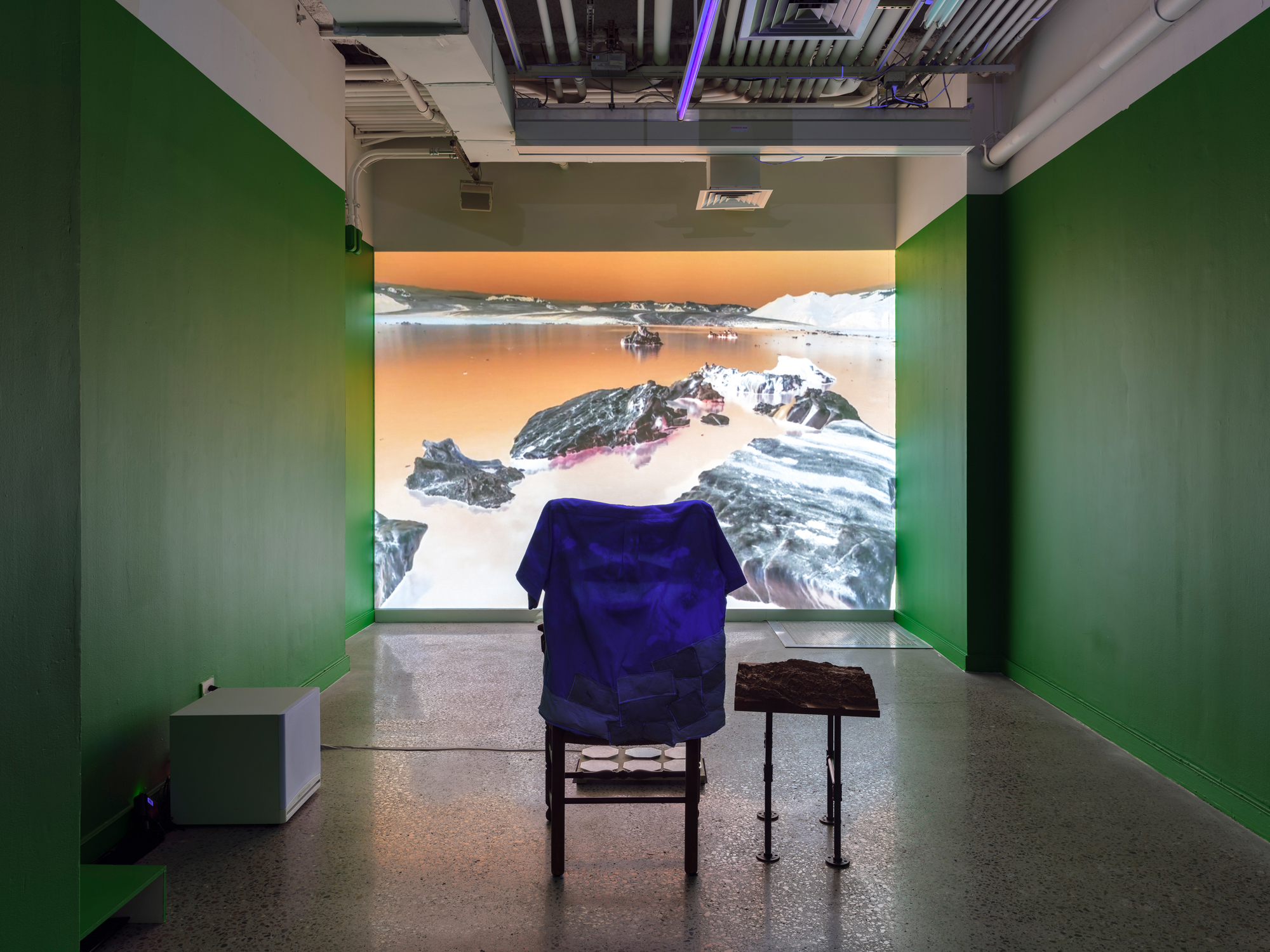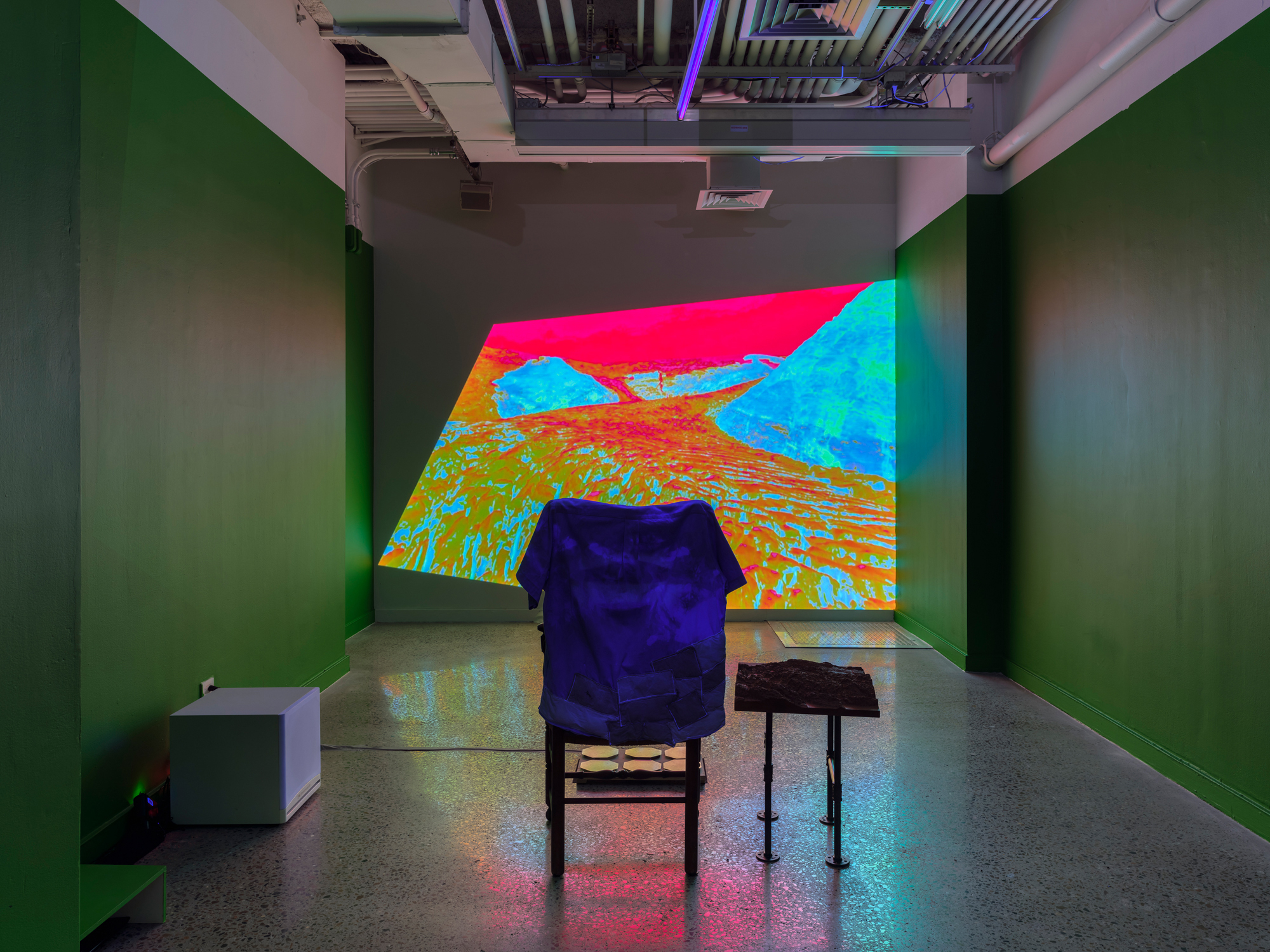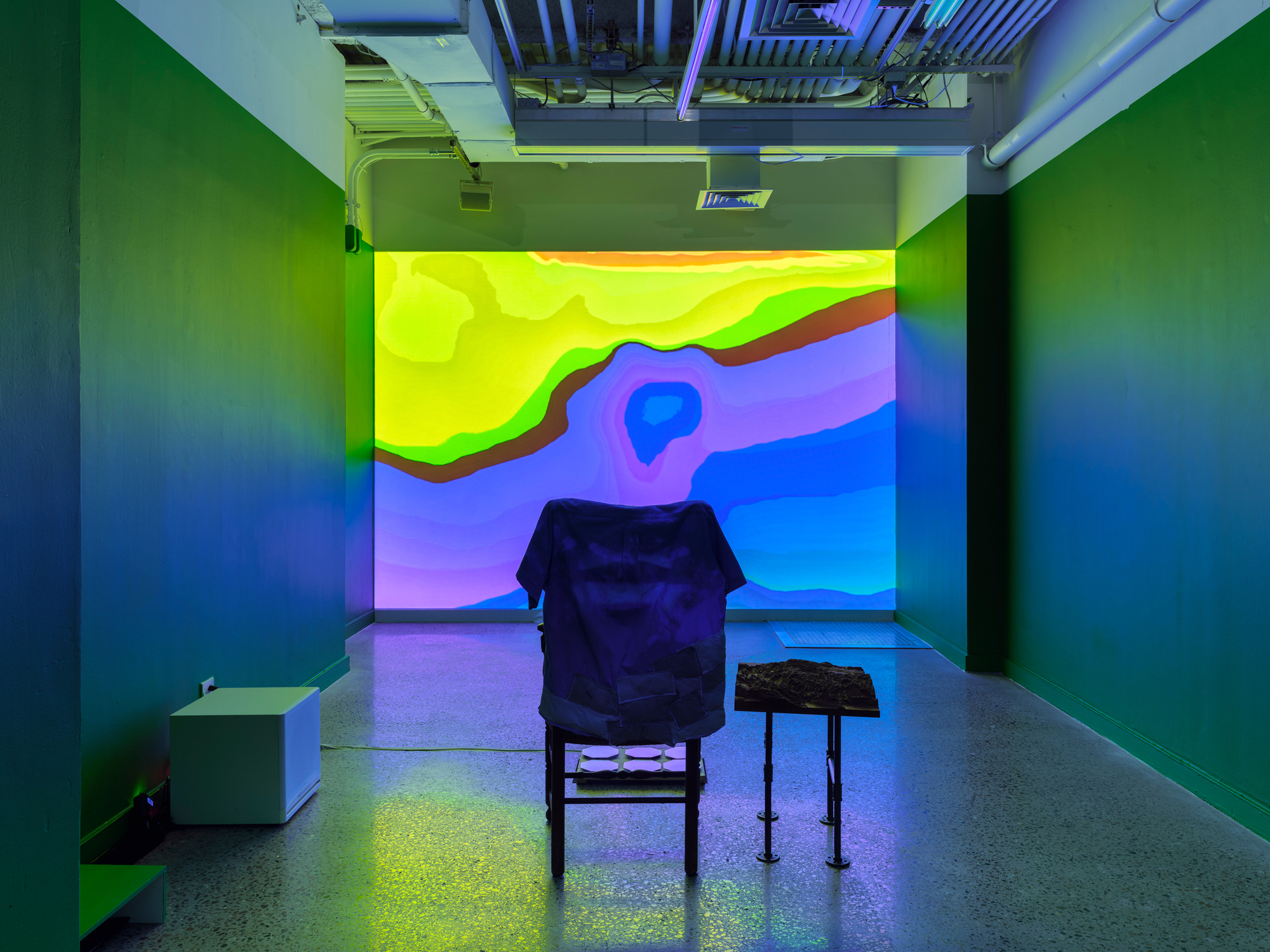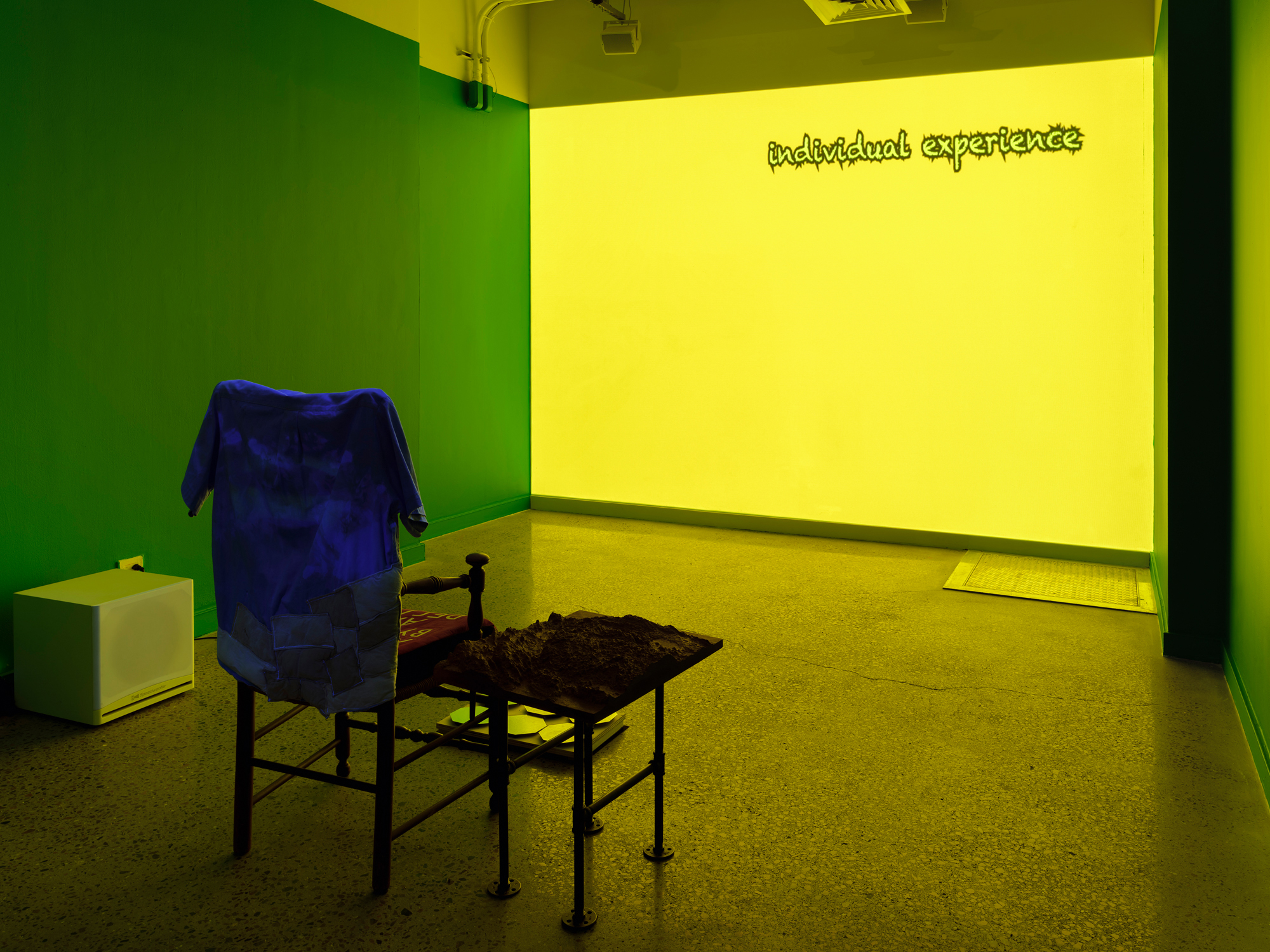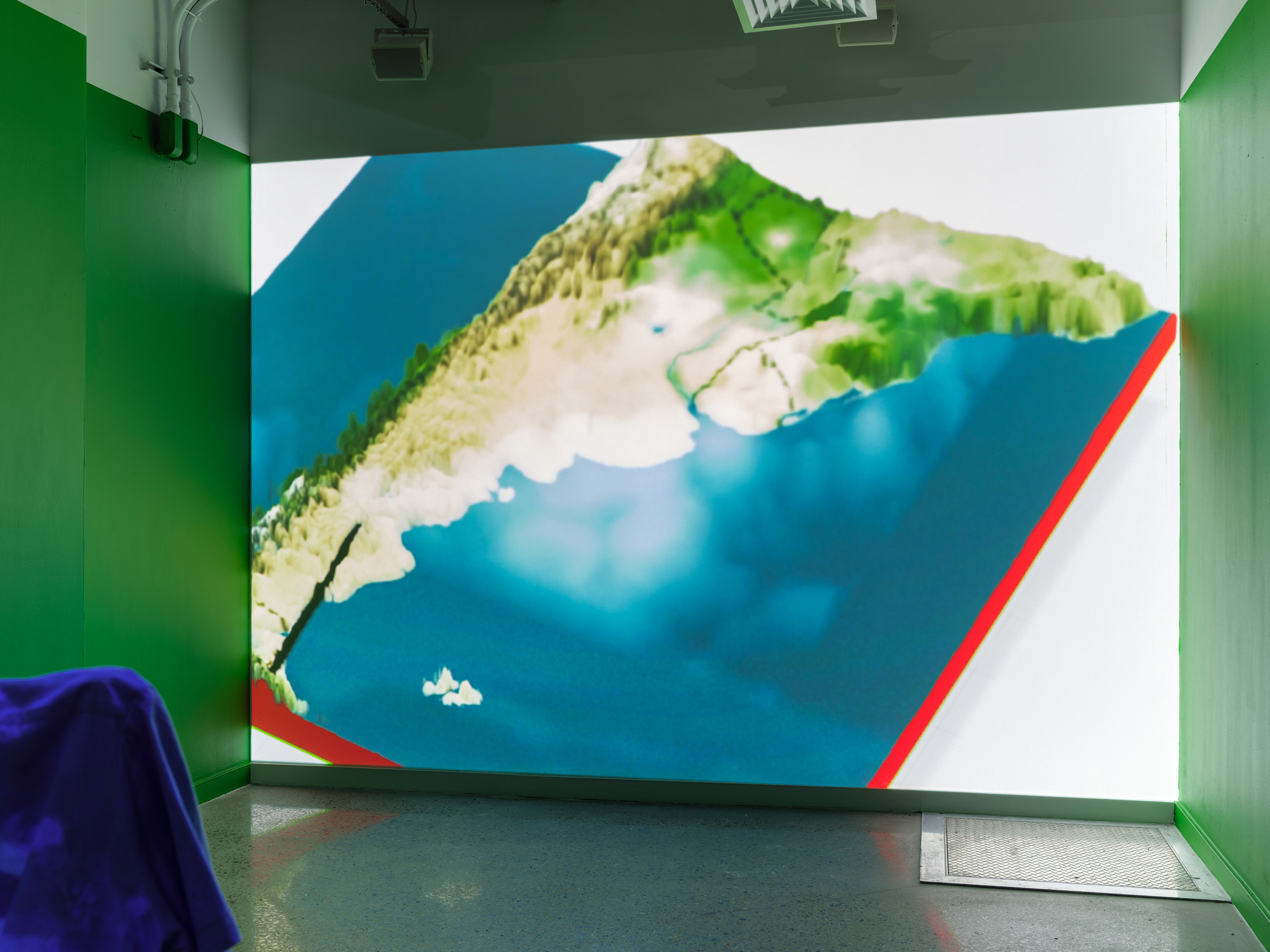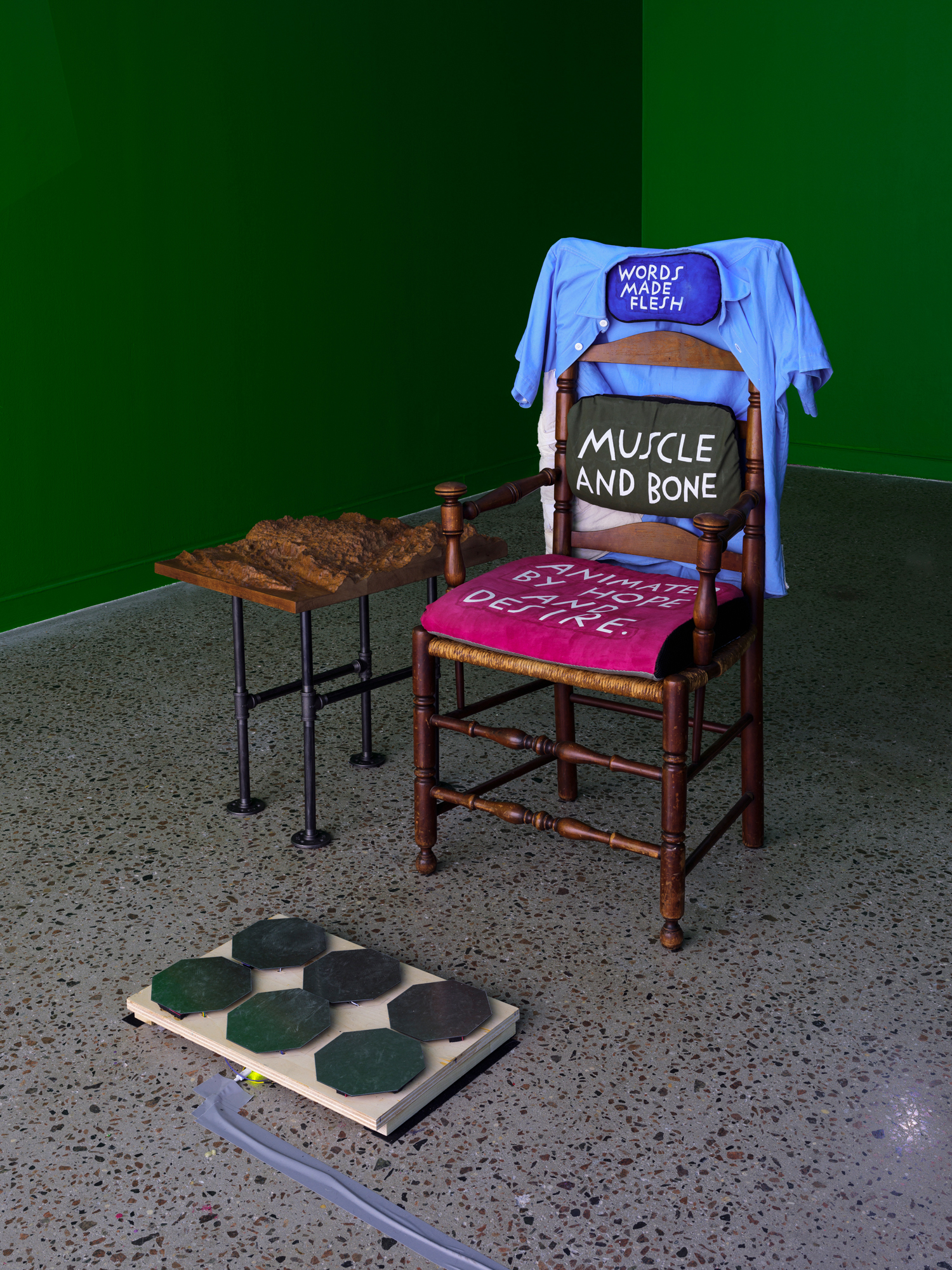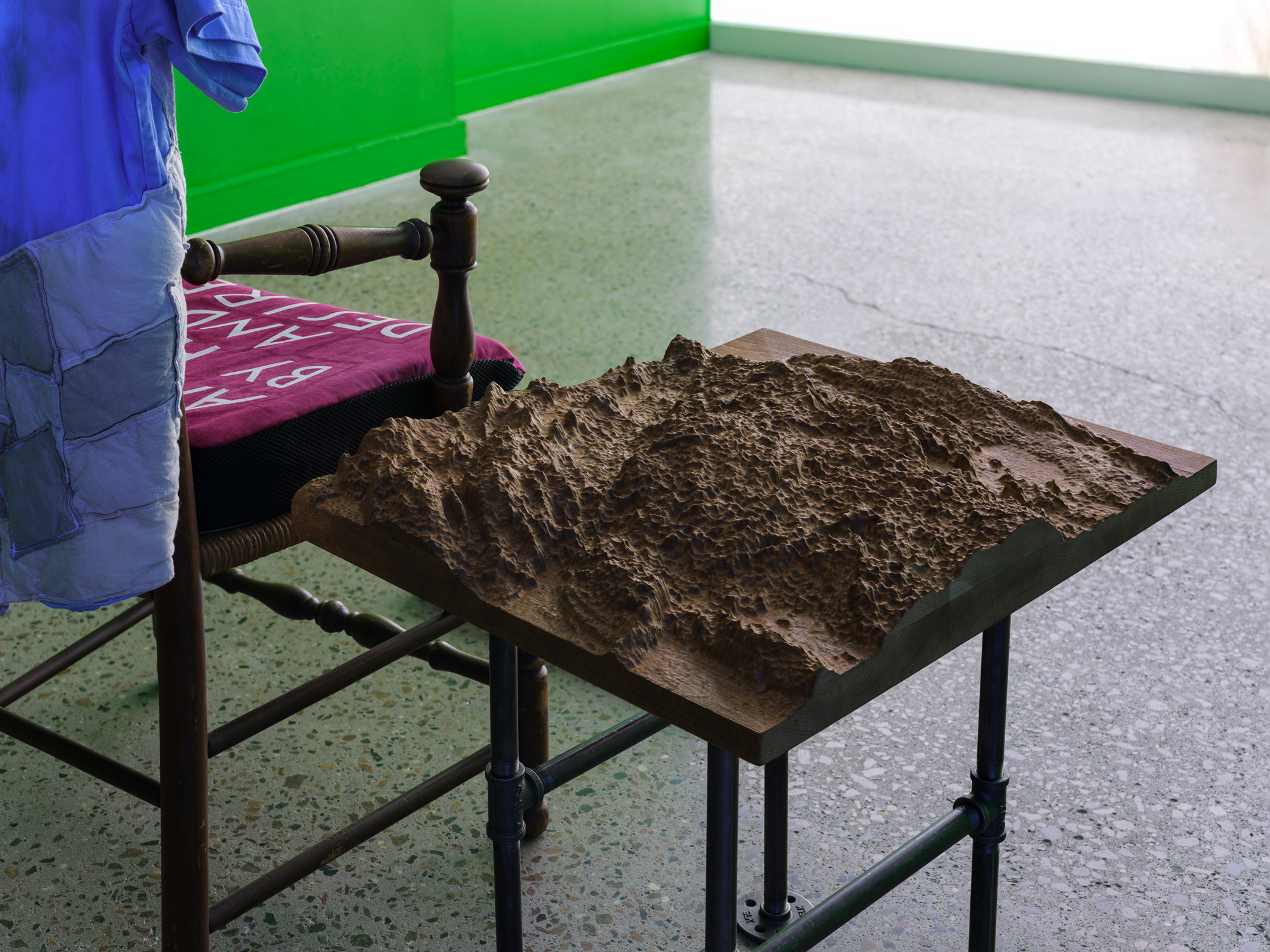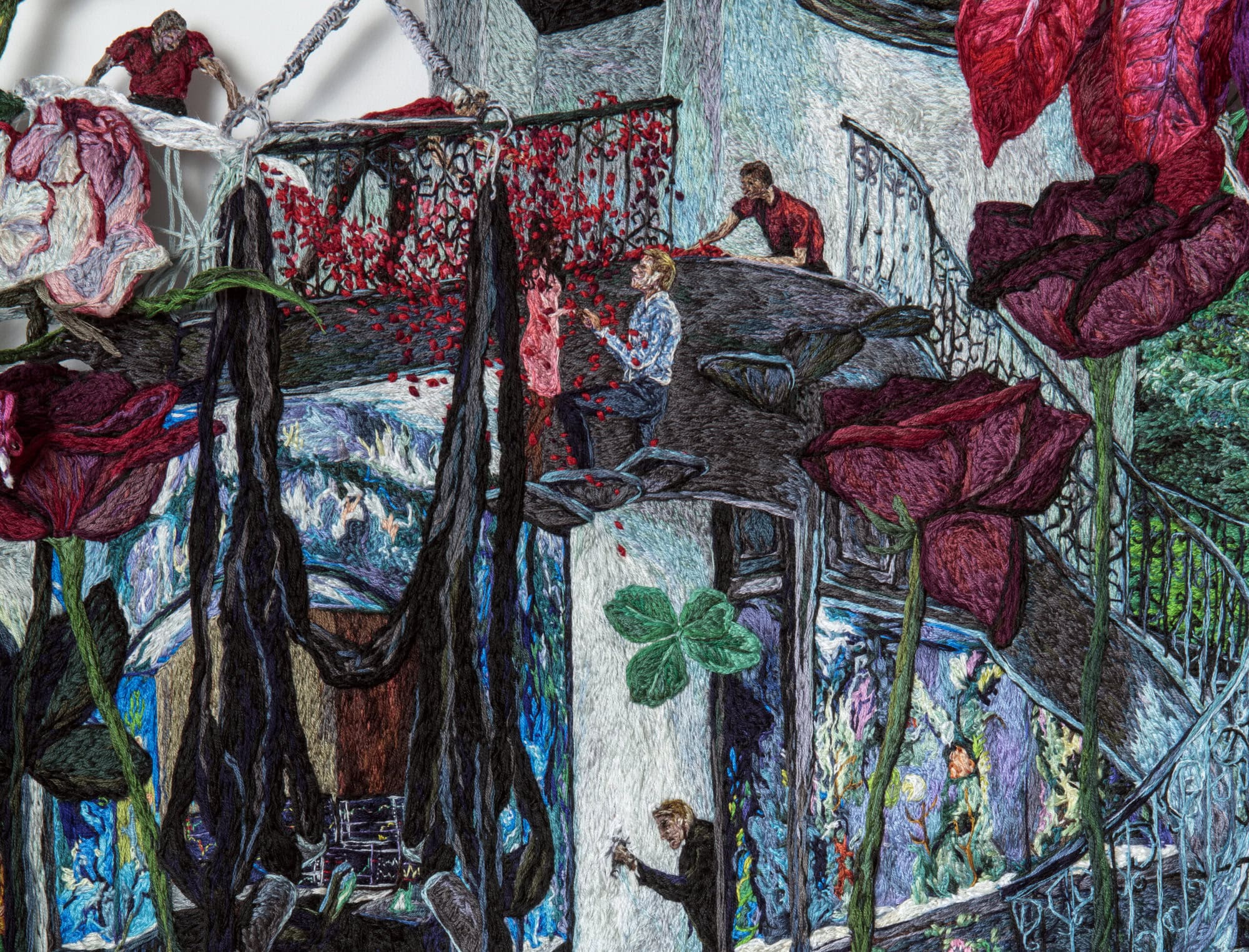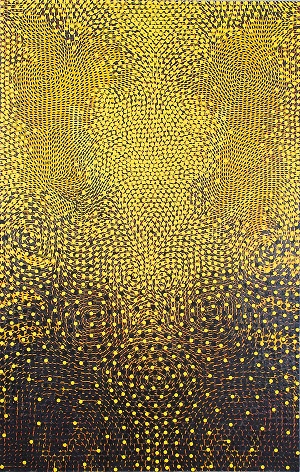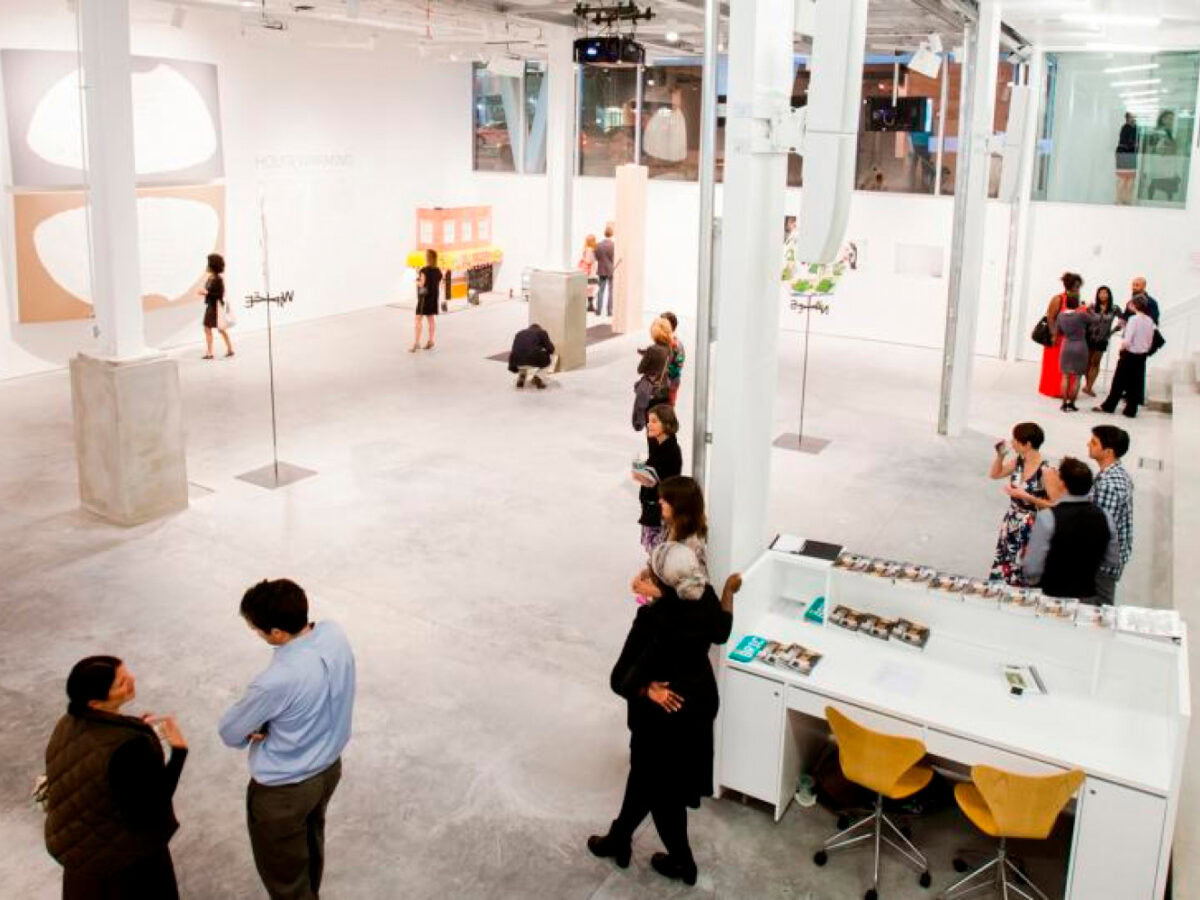Exhibition Info
Words made flesh, muscle and bone, animated by hope and desire.
— Sylvia Wynter
Jonathan González is a Dominican-American artist, scholar, cultural organizer, and educator whose work centers on a transdisciplinary and collaborative dialogue with diasporic Black life and living. In The Smallest Unit Is Each Other, González juxtaposes original video content alongside archival ephemera, and invites the viewer to consider the smallest unit not as the individual, but as the community, understanding that we require one another for our survival. This concept is a creative directive, an organizing principle beyond the video through various media labeled SIDES A to I, each side made accessible to viewers through interaction highlighted in the choreographic scores below. The artist uses the term “sides” to reference the sides of cassette tapes: each side is only part of a whole, and the tape itself circulates through states of re-use and ownership in multiple, desired ways.
Inspired by Caribbean scholarship on humanism, González emphasizes the “archipelagic” interconnectedness of all living things. The artist draws from the teachings of Jamaican writer, dancer, and thinker Sylvia Wynter, who re-envisions storytelling as a radical exit from colonial preoccupations with the self, prioritizing culture as an art form for narrativizing otherwise social worlds. Poet Kamau Brathwaite’s insistence on breaking with the colonial pentameter, inspires the work’s surrealist assemblage, one that acts to unburden oneself from the comprehensible, and to tell differently what it is to be alive now. González choreographs these narrative possibilities across media considering all bodies, human and non-human, to describe the continuing impacts of racial capitalism, and its symptom of climate catastrophe.
Each SIDE in The Smallest Unit Is Each Other is made accessible for visitors with an attention to interaction, rest, and play. The following descriptions identify the SIDES and some choreographies for engagement:
Sides A-F: a 35:25 min film organized episodically in six ‘SIDES’.
Side G: Our Chair, a chair made available for sitting. The cushions are printed with the text, “Words made flesh muscle and bone animated by hope and desire.”
Side H: a controller automating the film to stop, play, pause, fast forward, rewind, start from the beginning, and randomize when more than one button is pressed. It is on the floor at the base of Our Chair.
Side I: a topographical model made of cherry wood sits atop its own legs adjacent to the chair and is made available for touch. The topography depicts the historic site of Cockpit Country, Jamaica, site of a community of Accompong Maroons (formerly enslaved Africans and their descendants).
Collaborators:
Yemi Amu, Rena Anakwe, Rudy Gerson, Chazz Giovanni Bruce, Shannon Finnegan, Gil Sperling, Branden Kazon-Maddox
Jonathan González is a 2020-21 resident of BRIClab: Video Art, an initiative that offers New York based emerging and mid-career artists essential resources, mentorships, and opportunities to share their work. The residency aims to build a stronger and more diverse artistic community in Brooklyn by supporting long term growth and fostering relationships across disciplines.
Bios
Exhibition Events
Further Reading
At the heart of this project is the writing of leading Caribbean poets and theorists–Wynter, Brathwaite, Glissant–and contemporary thinkers like Bedour Alagraa. In summation, these scholars are deconstructing non-Western notions of humanism for otherwise lineages of being. González offers this reading list as a form of access and as a tool for political education.
Bedour Alagraa, The Interminable Catastrophe, Offshoot Journal, 2021.
- In the following text, Alagraa introduces her intellectual provocation of an ‘interminable catastrophe’. An endless and enduring process of the catastrophic is named as a byproduct of the biocentric sorting by Western Humanism’s coloniality. With this, Alagraa refers to works of Derek Walcott, Sylvia Wynter, Kamau Brathwaite, among others to animate the long traditions of alternative preoccupations within the Black Radical Tradition to name ourselves outside of this problem.
Sylvia Wynter, The Pope Must Be Drunk The King Of Castile A Madman: Culture As Actuality And The Caribbean Rethinking Of Modernity, McGill-Queen’s University Press, 1995.
- Tantamount to the approach of surrealism in this exhibition is this essay by Sylvia Wynter. In particular, Wynter’s closing statement: “Human beings are magical. Bios and Logos. Words made flesh, muscle and bones animated by hope and desire, belief materialized in deeds, deeds which crystallize our actualities. ‘It is man who brings society into being’ (Fanon, 1967, p.11). And the maps of spring always have to be redrawn again, in undared forms.(p.35)”
Kamau Brathwaite, Roots, History of the Voice, The University of Michigan Press, 1993.
- Kamau Brathwaite offers a methodical approach to understanding the historical presence of Caribbean poetics and approach to the word, voice, and speech act. In the following, one may encounter a lexicon for how departing the terms of Western intelligibility present both a loophole of retreat and a syntax to comprehend the re-indigenizing process of Africans in the New World. A process of conceptualizing outside of the bounds of linguistic order to stimulate other horizons of being understood here as Roots — horizons which are cultivated through the experiences of the Middle Passages.
Édouard Glissant, Poetics of Relation, University of Michigan Press, 1997.
- Édouard Glissant’s tome, Poetics of Relation, is regularly circulated within the spheres of Critical Theory and Art. For this exhibition, the methodological practice of archipelagic thought becomes an undergirding technology of engagement and spatial design made most evident in Glissant’s claim that “the entire world is becoming an archipelago and creolizing.”
Collaborators
Collaborators
Side G – Our Chair, Shannon Finnegan
Shannon Finnegan is an artist. Some of their recent work includes Anti-Stairs Club Lounge, an ongoing project that gathers people together who share an aversion to stairs; Alt-Text as Poetry, a collaboration with Bojana Coklyat that explores the expressive potential of image description; and Do You Want Us Here or Not, a series of benches and cushions designed for exhibition spaces.
Side I – a touchable topographical model of Cockpit Country, Jamaica, Rudy Gerson
Rudy Gerson is an artist working across mediums of design, installation, and word. They have been a lighting and stage designer for Gonzalez’s 2019 works Lucifer Landing I & II, in addition to contributing towards the sound design and topographical sculpture for The Smallest Unit Is Each Other. They are currently organizing and fabulating upon deterritorialized practices of social and cultural sovereignty in diasporas. They are an Ashkenazi Jewish-Cuban person based in West Philadelphia and currently an MFA student at the University of Pennsylvania.
Side H – a media player stationed for use, Gil Sperling
Gil Sperling is a multimedia designer and creative technologist. He is a 2019 Bessie Award recipient for outstanding visual design in Ni’Ja Whitson’s “Oba Qween Baba King Baba”. As video designer for live performance Gil has collaborated with directors David Herskovits, Kristin Marting, Erika Latta, Mia Rovegno, Edward Einhorn, and Uwe Eric Laufenberg, and choreographers Stacy Grossfield, Ni’Ja Whitson, and Hadar Ahuvia. Gil holds a master’s degree in interactive technology from NYU’s ITP program. Gil’s multimedia installation and performance work has been presented in New York, Berlin, Kyoto and Tel Aviv.
Related Content
BRIC House is Brooklyn’s cultural living room: a 40,000 square foot multi-disciplinary arts and media complex where emerging and established artists can create work that deepens their practice and engages the diverse communities of the borough.
COVID-19 policy: Attendees of any BRIC House programming do not have to show proof of vaccination or a negative test to enter the building. Masks are encouraged but not required in all BRIC operated spaces. To learn more, visit:
BRIC IS COMMITTED TO WELCOMING PEOPLE OF ALL ABILITIES
The main floor of BRIC House has an accessible entrance on Rockwell Place, in addition to an accessible, all-gender bathroom. The BRIC Media Center, located on the 2nd floor, is accessible via elevator. The Gallery level is accessible via a wheelchair lift. Portable FM assistive listening devices are available for programs on the Stoop and in the Ballroom upon request. To make specific access requests for an in-person or virtual program, please contact [email protected] at least two weeks prior to the event of interest.
